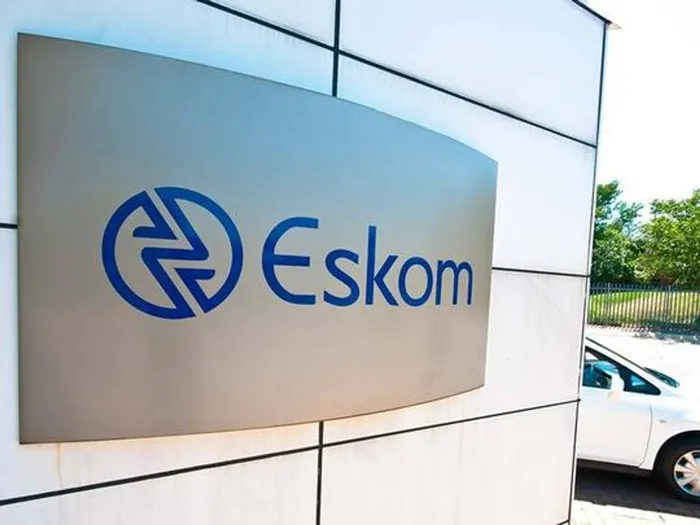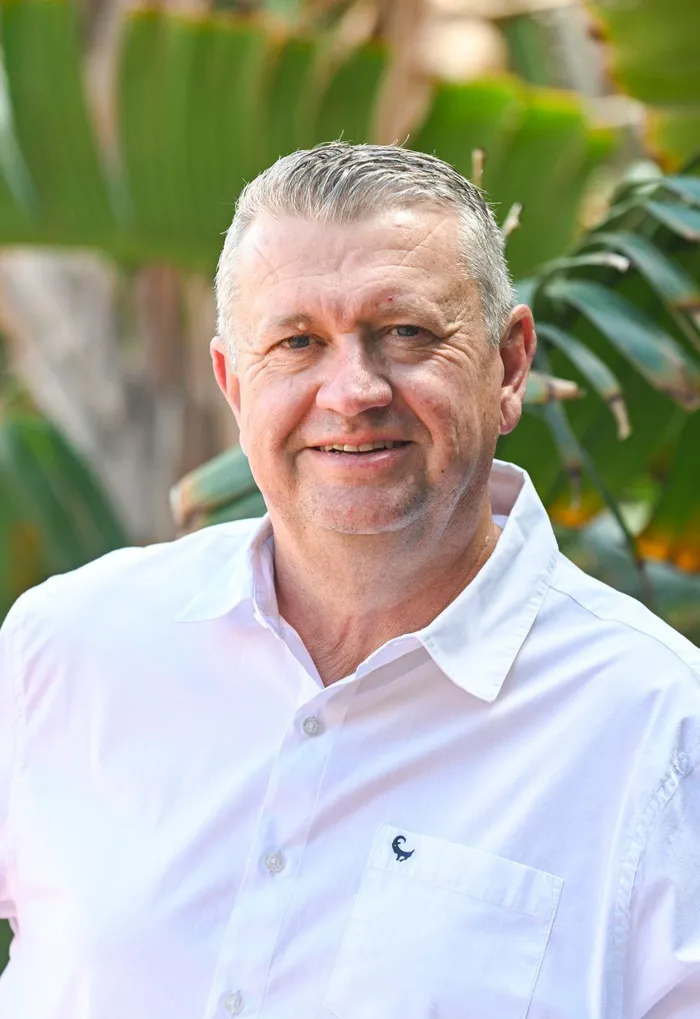Eskom's monopoly: Is a shift from anti-competitive practices possible?

Eskom was established as a vertically integrated utility.
Image: File
When Eskom was formed in 1923 by visionary industrialist Hendrik van der Bijl, its purpose was to supply low-cost electricity as the foundation for South Africa’s industrialisation and diversification away from the gold mining industry, then the country’s dominant economic sector. Van der Bijl believed that the functions of an engineer could be embodied in one sentence: the promotion of the wellbeing of humankind. He played a pivotal role in the development of wireless telephony and authored the Van der Bijl equation, which defines the mathematics of the thermionic vacuum tube. His credentials were extensive—PhD, DSc, LLD, and Fellow of the Royal Society.
Eskom was established as a vertically integrated utility responsible for generating, transmitting, and distributing electricity, maintaining system balance, and collecting revenue to sustain its operations. It was structured as a not-for-profit company but managed like a commercial enterprise and protected from competition under the Eskom Act. At the time, Van der Bijl believed that protection was necessary for stability and long-term success. That protection, however, would return decades later to haunt South African society.
On October 14, 2025, the South African Academy of Engineering and the University of Pretoria’s Faculty of Engineering, Built Environment and Information Technology will co-host the annual Hendrik van der Bijl Memorial Lecture. The speaker will be Dr Mteto Nyati, the chairperson of the Eskom board.
Dr Nyati, who holds a mechanical engineering degree from the University of KwaZulu-Natal and an honorary doctorate from the University of Johannesburg, is also a Yale University World Fellow on leadership. His lecture, titled “The Eskom Turnaround Story,” comes at a time when the utility appears to have stabilised after years of crisis.South Africans have welcomed recent good news: the electricity availability factor (EAF) has breached the 70% level for the first time in eight years, even if only briefly. Load-shedding has eased for most of the past year, Kusile’s final unit has reached commercial operation, and Eskom has reported its first profit since 2017.
But the question is whether these achievements are genuine indicators of recovery—or whether they are being used to mask an increasingly monopolistic and defensive stance. A more troubling possibility is that Eskom’s recent successes have emboldened its leadership and shareholder to push back against reform. Its resistance to the development of a wholesale electricity market, the tightening of grid connection rules for private generators, and its opposition to electricity traders all suggest an effort to preserve its dominance rather than facilitate the transition to a competitive and modernised electricity industry.
It is also noteworthy how little recognition has been given to former CEO André de Ruyter and his team, whose efforts arguably created the foundation for these improvements. During his tenure, De Ruyter tackled entrenched corruption, breaking the influence of coal cartels, spares-recycling syndicates, and local procurement networks that drained funds and crippled performance. His focus on operational discipline and maintenance restored basic functionality, setting the stage for the progress seen today.
Take Kusile, for instance. Construction began in 2008, with an expected completion time of six years and a budget of R80 billion. Seventeen years later, the project was finished at a cost approaching R240bn —an increase of nearly 300%. For taxpayers and electricity customers who continue to shoulder the burden through higher tariffs, this is hardly cause for celebration.
Eskom’s latest financial statements also warrant scrutiny. The utility reported a R24bn pre-tax profit, its first in eight years. However, this figure conceals R64bn in government support, of which R33bn was allocated to interest payments. An additional R80bn in shareholder support is expected next year. These results have been accompanied by sustained above-inflation tariff hikes, meaning Eskom’s apparent turnaround is being financed by the fiscus and the public—not primarily through operational efficiency.
The reality is that Eskom’s narrative of recovery has become part of a broader public-relations campaign to strengthen its position as the dominant player in the energy sector. It has resisted the unbundling of the transmission system operator, obstructed independent projects through restrictive grid allocation rules,and fostered uncertainty around electricity trading. These actions point to a strategic effort to protect itsmonopoly under the guise of stability.
One can only hope that Dr Nyati’s lecture will address these concerns directly and demonstrate that the protection Van der Bijl once instituted in the 1920s is not alive and well in the 2020s. For South Africa’s energy transition to succeed, Eskom cannot remain both player and referee. It must be unbundled and become a competitor—among many—in a fair and transparent electricity market that serves the interests of the country, not the preservation of a monopoly.

Thomas Garner holds a Mechanical Engineering degree from the University of Pretoria and an MBA from the University of Stellenbosch Business School.
Image: Supplied
Thomas Garner holds a Mechanical Engineering degree from the University of Pretoria and an MBA from theUniversity of Stellenbosch Business School. Thomas is self-employed focusing on energy, energy related critical minerals, water and communities. He is a Fellow of the South African Academy of Engineering and a Management Committee member of the South African Independent Power Producers Association.
*** The views expressed here do not necessarily represent those of Independent Media or IOL.
BUSINESS REPORT